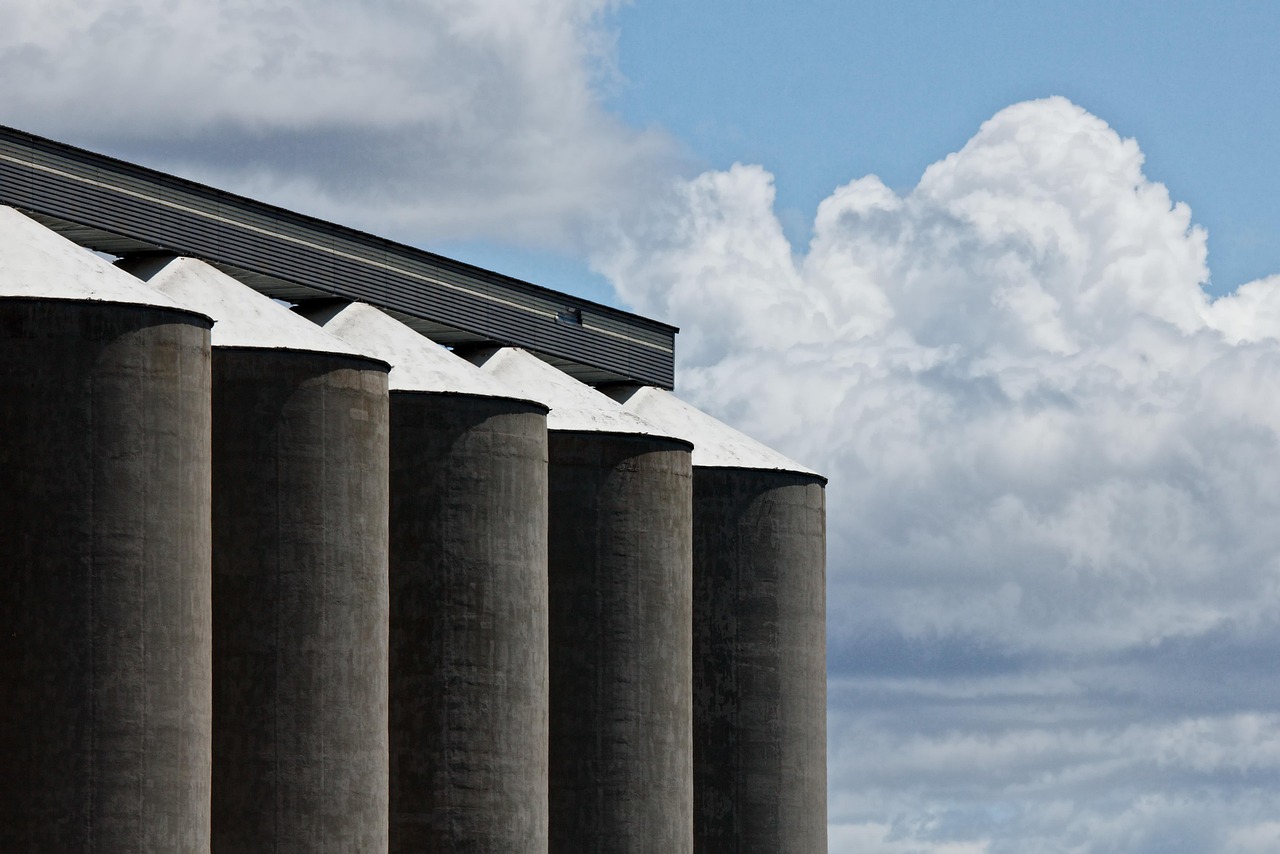Imagine accurately measuring material levels and shapes without relying on cameras or contact sensors.
Millimeter-wave (mmWave) radar uses high-frequency electromagnetic waves to overcome traditional measurement limitations, enabling precise non-contact sensing for industrial material monitoring.
What is Material Detection with mmWave Radar?
Millimeter-wave radar operates typically between 30 GHz and 300 GHz, sensing the distance, velocity, and shape of objects. For material detection, it measures surface height, volume, and flow state—essential in manufacturing, packaging, and logistics industries.
Why mmWave Radar Outperforms Traditional Methods
-
Non-contact & Robust:Unlike ultrasonic or mechanical sensors, mmWave radar detects materials without physical contact, avoiding contamination and wear.
-
All-Weather Reliability:It works reliably in dust, smoke, low light, or fog—conditions where cameras or optical sensors struggle.
-
High Precision:Delivers millimeter-level range resolution and detects subtle surface variations.
-
Penetration:Able to sense through thin plastics and glass, enabling measurement inside containers.
Linpowave’s Advantage in Material Detection
Linpowave specializes in compact, high-performancemmWave radar modulestailored for industrial IoT applications. Our sensors offer:
-
Real-time, precise distance and angle measurements
-
Reliable operation in harsh factory environments
-
Easy integration with PLCs, edge computing devices, and cloud platforms
Learn more about our radar modules on theproducts page. Need assistance? Visit oursupport centerorcontact usfor tailored solutions.
Frequently Asked Questions (FAQ)
Q1: Can a single-chip radar (e.g., TI IWR1443) detect surface height or material levels?
Answer:Yes. The TI E2E community confirms millimeter-level range precision suitable for liquid or powder level monitoring. For detailed surface contouring, more antennas or advanced signal processing is needed.
🔗Source
Q2: Why are antenna count and beam configuration important?
Single-chip radars have limited angular resolution. Multiple transmit/receive antennas improve shape profiling and edge detection.
Q3: Which frequency band is better for material sensing, 60 GHz or 77 GHz?
Both bands are effective. 77 GHz offers higher resolution, while 60 GHz is preferred where spectrum regulations limit usage.
Q4: Why does radar sometimes freeze or return fixed values in containers?
Common causes include multipath reflections and improper antenna height. Adjusting installation and filtering settings helps resolve this.
Q5: Can mmWave radar generate material height maps?
Yes. When combined with machine learning, mmWave radar can estimate surface shapes and classify material types.
🔗Related Research
Q6: Is mmWave radar suitable for detecting fast-moving materials (>2 m/s)?
Yes. The millisecond-level latency enables real-time tracking on fast conveyor belts.
Q7: Do temperature, humidity, or lighting affect radar detection?
No. Radar performance is immune to variations in lighting, fog, smoke, and temperature.
Q8: Can dead zones be configured via software?
Yes. Detection zones and filters can be programmed to avoid interference from unwanted reflections.
Q9: Can mmWave radar detect materials inside plastic or glass containers?
Yes. Radar waves penetrate non-metallic containers effectively, but onsite calibration is recommended for accuracy.
Next Steps with Linpowave
Embrace the future of intelligent material detection with Linpowave. Explore our radar modules and discover how we can help optimize your industrial IoT solutions with precision sensing.
-
Explore Products:https://linpowave.com/products
-
Technical Support:https://linpowave.com/support
-
Contact Us:https://linpowave.com/contact
Ready to Upgrade Your Material Detection?
Contact Linpowave today to discuss customized mmWave radar solutions tailored to your specific needs.



